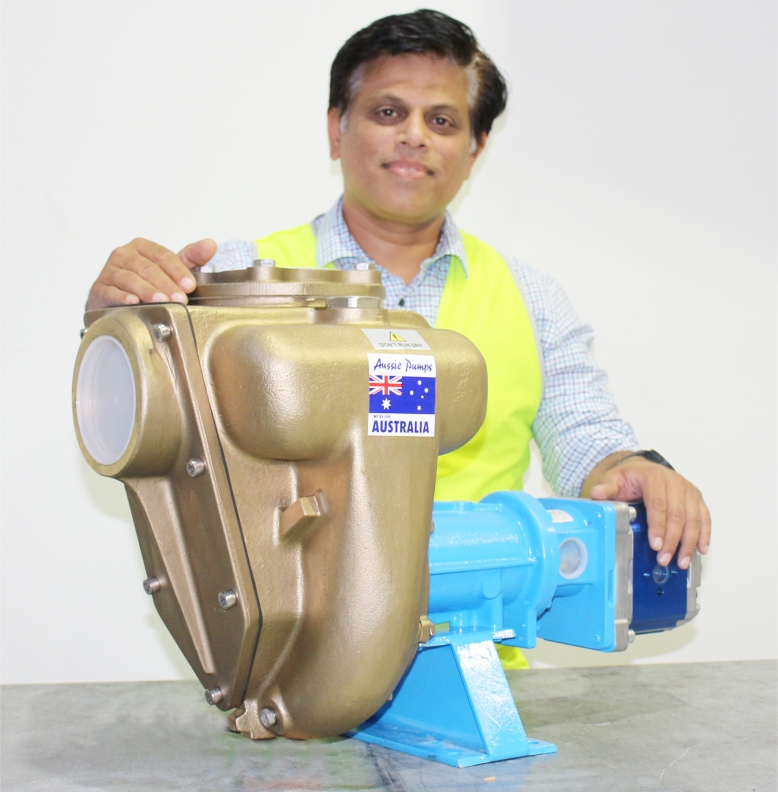The fire pump is critical to any fire protection plan. It must start first time and work well during a bushfire emergency. Regular fire pump maintenance will ensure that the pump is primed ready for action at short notice. Familiarisation will reduce stress during final preparations on the day of high bushfire danger.
In this post, we’ve run through some of the most important fire pump maintenance procedures to perform and cover some of the complications that could result from neglecting them.
The Engine
It’s important that you run the engine for a few minutes on a regular basis during the fire season. Bear in mind that fuel can become stale in just a few months and must be replaced. Using a fuel additive can extend the fuel life. Make sure the fuel tank is left full and that you have sufficient additional fuel on site for refills during an emergency.
Check the oil level in the engine and refer to the engine manual for the type of oil needed if the level needs topping up. The pump must be on level ground to ensure the oil sensor detects the correct oil level in the engine. The engine will not run if there is insufficient oil.
Check the air filter is clean and there is sufficient air flow around the engine.
Outside the fire season, consider getting the engine serviced once a year to keep the engine in top condition.
The Pump
Check the pump bowl is full of water by removing the filler cap on the top of the pump. Replace the cap tightly before starting the engine.
Aussie fire pumps are self priming so once set up they will hold their prime unless drained. If the bowl is empty then refill it. Never run the pump without water running through it as this will damage the mechanical seal.
On starting the pump the water should be expelled through the discharge port within minutes. The length of the suction and discharge hose will determine the time taken to prime.
The pump will not prime if there is an air leak in the suction hose or the strainer is blocked. Check the suction hose coupling includes the seal and that it’s in good condition, and that the strainer is fully submerged and not blocked.
Run the pump at full revs for the best performance.
If the pump is used for pumping saltwater or chemicals it must be flushed with clean water immediately after use. Failure to do so can lead to corrosion of the impeller and that can cause it to seize.
Check for leaks around the pump and hose joins once the pump is running. If water is leaking from the back of the pump the mechanical seal needs to be replaced. An Aussie rejuvenation kit contains all the o-rings and the mechanical seal for a full service. It is simple to fit and can be done by any mechanically minded person. (Instructions for fitting an Aussie Fire Chief Rejuvenation kit).
Hoses & Sprinklers
Your delivery hoses need to be in good condition and long enough to reach around your property. The suction hose must reach the water source even once the level drops. Check there are no splits in the hoses and replace if necessary. Sprinklers should be run to ensure they are not blocked.
Share the Knowledge
Regular practice is the best way to ensure that everyone in the household, and even neighbours, are familiar with starting and using the pump and the hoses.
Maintaining your fire pump is essential for your safety during the bushfire season. Hope for the best and prepare for the worst.
Need help?
Need help with your system? Trust Aussie’s national distributor network to provide advice on the world’s best lightweight portable fire pumps. Best for performance, quality and value.
Contact your local Aussie Pumps dealer to learn more about the full range of fire pumps available or to book a service!
Further information on fire pump systems can be found in the Aussie Bushfire Survival Guide.





